7 Tudor-Themed Days Out
Do you want some inspiring Tudor-themed summer holiday ideas? Well, August is here and it certainly is time to kick back and relax; a time to pack your bags and head out onto the road. We are having a warm, sunny summer here in the UK at the moment, so even more reason to get out and indulge your love of Tudor history. There are so many amazing places to see; so many medieval / Tudor events to experience – and in collaboration with the Tudor Times we are going to bring you seven of our favourite places to visit this summer. Whilst some have medieval origins, all have a particular connection with the Tudor era and so make it onto our list. So, the only question left is; where are you going to go next?
1. Burghley House, Lincolnshire
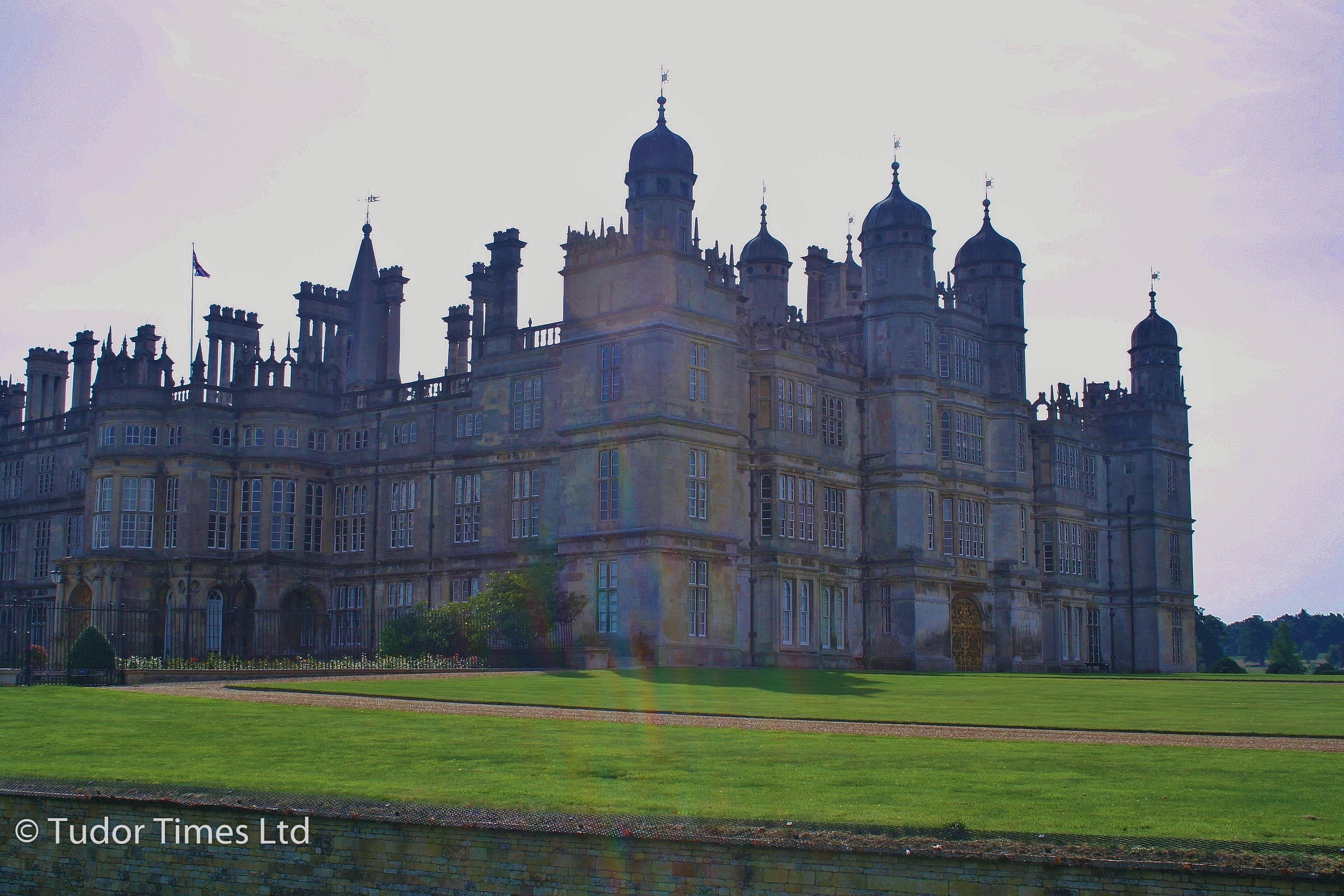
During a long hot summer, persuading the family that a day out to a Tudor house is more fun than a trip to the beach can be a hard sell, but there is an easy answer – Burghley House. This is the next addition to our Tudor themed summer holidays
As well as the stunning house, built by William Cecil, Lord Burghley, Elizabeth I’s right-hand man, there is the fabulous Garden of Surprises. This is a beautifully laid out area with water features that turn off and on at random, sprinkling the unwary with water, and delighting small children (and adults!) in the process. These unexpected fountains sparkle, reflecting the stunning artworks, the clever planting that hints at an Elizabethan garden, the mirrored maze and even a giant chess set.
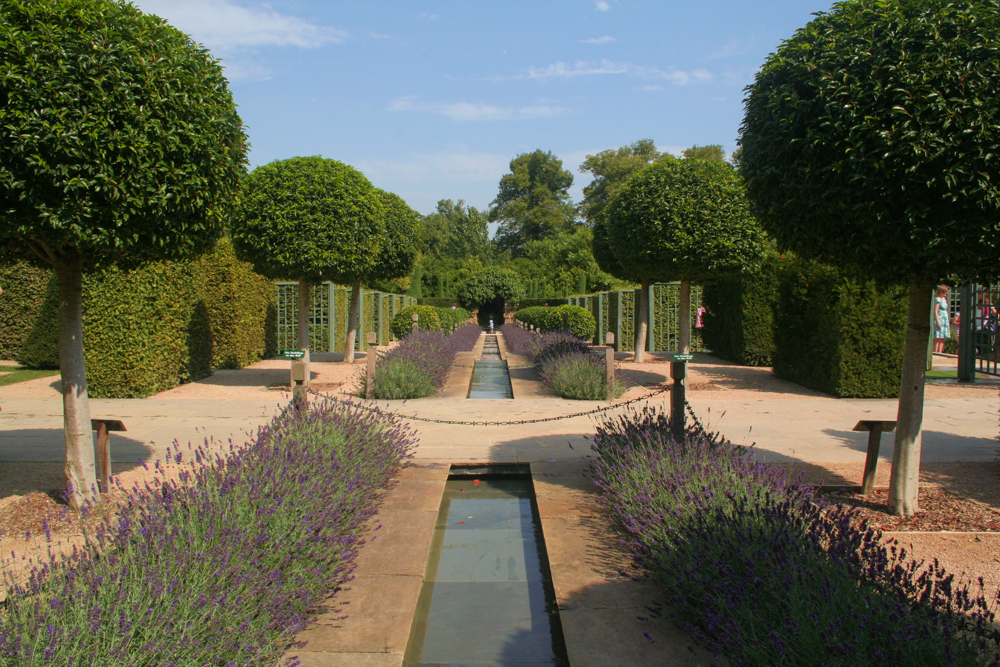
Indoors, there is much to admire – the Cecil family has contributed to British social and political life for four hundred years, and there are fascinating traces of every generation – the Tudor portraits, the vast collections of objets d’art from Grand Tours of the eighteenth century; society photographs from the nineteenth century (the age of the political house party), and even an extensive collection of memorabilia of David Cecil, later 6th Marquess of Exeter, who competed in the Olympic Games of 1924, 1928 and 1932.
For the lover of Tudor architecture, nothing can compare with this greatest of Elizabethan Prodigy Houses with its complex roof, internal courtyards and an extraordinary array of chimneys, brought together in a design closely supervised by Burghley himself. It was intended to impress not just his rivals, but also Elizabeth I, although circumstances prevented her visiting. The Tudor kitchens have hardly changed and the great hall, with its Tudor fireplaces and double-height ceiling, was the last concession to medieval architecture.
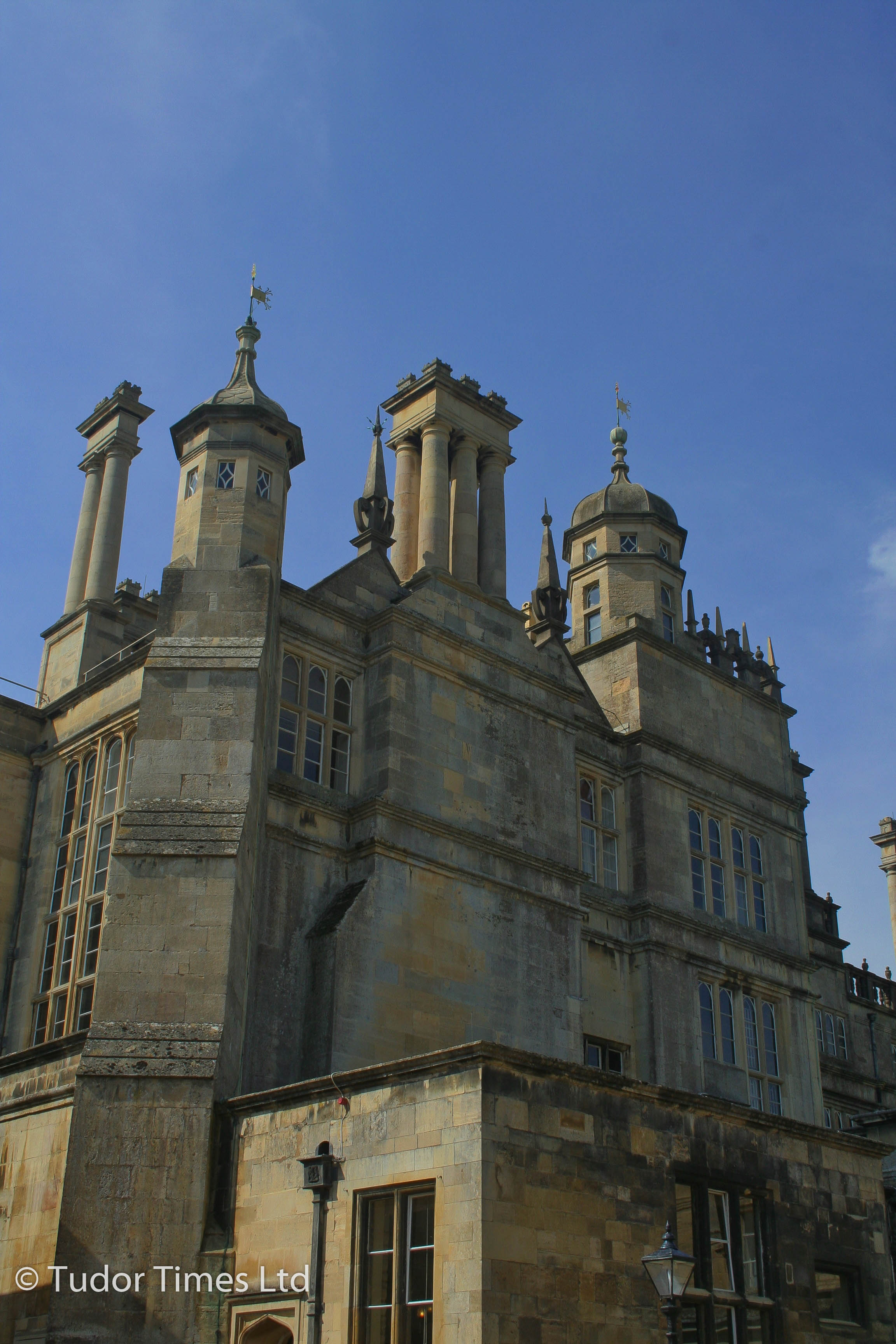
A house of this age has many stories to tell, and there are daily tours sharing all the gory bits to enthral even the hardest-to-impress teenager. Definitely something for everyone.
Visitor Tips:
The view of the house from the park is worth the walk – it is around a quarter of a mile to the little bridge over the stream, but the view back to the house is perfect. If you have time, following the visit to Burghley itself, a trip to the nearby town of Stamford is highly recommended – one of England’s loveliest towns, with the superb renaissance tomb of Cecil himself in St Martin’s church. To find out more information on opening times, check out the Burghley House website.
2. Dover Castle, Kent
Dover Castle is one of the most iconic and historic buildings in England. Perched above the White Cliffs of Dover, it has functioned as a fortress, palace and war-time bunker over its 800-year-old history.
Although the castle was built in the early medieval period, it has important links with the Tudor dynasty; Henry VIII visited the castle on several occasions. One of these was alongside Anne Boleyn in 1532, when the couple lodged at Dover on both the way there and on the way back from, their historic trip to Calais.
In the sixteenth century, the large, but by that time somewhat outdated, medieval apartments still existed for the king and queen on the second and first floors of the mighty keep, respectively. However, a range of buildings to the north of the keep, known collectively as Arthur’s Hall (actually, the great hall) and the King’s Lodgings, may well have provided more up-to-date accommodation. Sadly, these were largely lost in the eighteenth century, when the buildings were redeveloped into barracks.
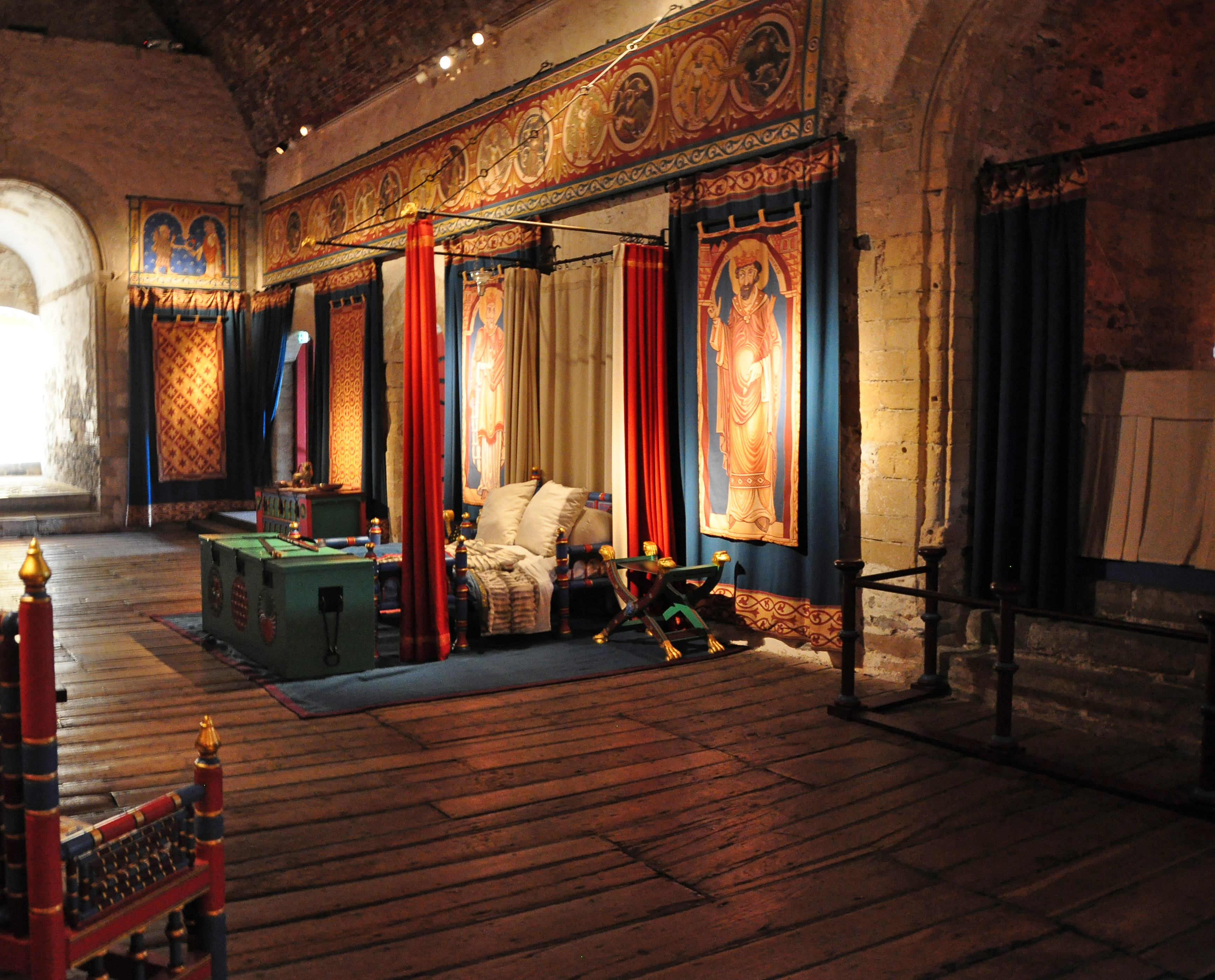
In 2008, the principal rooms of the castle’s keep were renovated to reflect their medieval glory, and on a regular basis, you will find fabulous re-enactors bringing the royal story of the castle to life.
This summer the castle will be hosting a Grand Medieval Joust over the August Bank Holiday weekend. If you have never been to a joust, this would be the perfect location to experience the raw energy of knights engaged in combat, with the ’tiltyard’ perched atop the White Cliffs and with the indomitable castle as the backdrop. The children will love it!
At the same time, there is plenty to investigate within the castle walls. Know that when you explore the keep, you may well be following in the footsteps of the likes of Henry VIII and Anne Boleyn. Finally make sure you do not miss the exhibition telling the story of the royal history of Dover, for it is housed in what remains of Arthur’s Hall.
Visitor Tips:
Interact with the costumed interpreters inside the castle keep. They will stay in character. You can play along, asking lots of questions. It is tremendous fun! For more information on the jousting, follow this link to the English Heritage web site.
3. Sudeley Castle, Gloucestershire
One of the loveliest castles in England, Sudeley, and its wonderful gardens, has to be on any list for a great day out. Tucked away in the rolling Cotswold Hills, the castle’s honey-coloured stone walls seem to grow out of the land itself. It is one of those special places where you feel a close connection to the past.
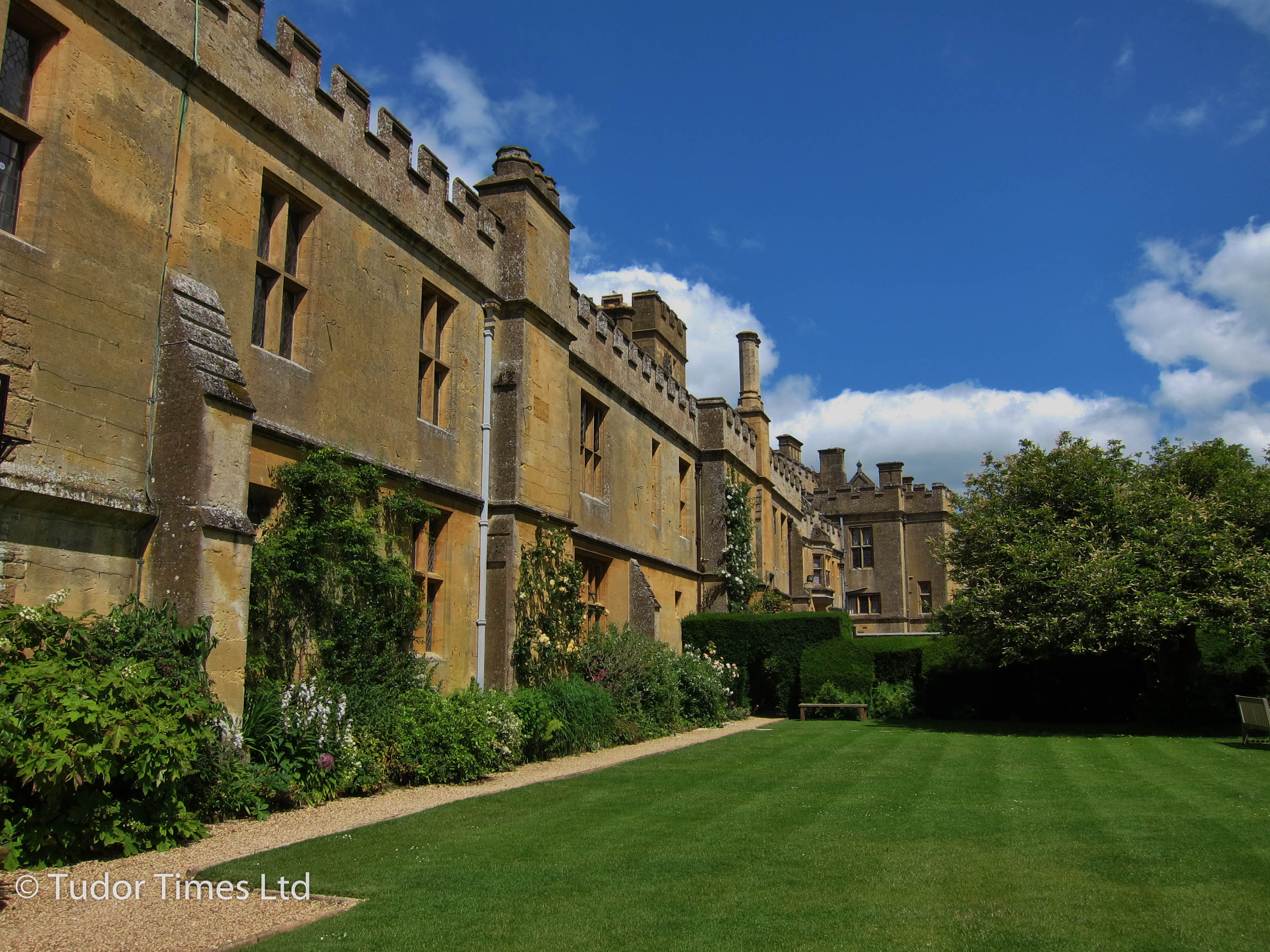
Recorded in the Domesday Book, the manor of Sudeley has had royal associations since Saxon times. During the Tudor period, Henry VII granted Sudeley to his loyal uncle, Jasper Tudor, Duke of Bedford; Henry VIII and Anne Boleyn stayed here during their summer progress of 1535, and, Elizabeth I visited several times, including during her 1592 progress to celebrate the anniversary of the defeat of the Armada.
Edward VI granted the castle and its lands to his uncle, Sir Thomas Seymour, who came to Sudeley in 1548, accompanied by his pregnant wife, Dowager Queen Katherine Parr and Lady Jane Grey. Sadly, Katherine died here, following the birth of her only child, and was buried in the castle’s chapel, now St Mary’s Church.
Within the castle, a range of rooms is open to the public, with a series of exhibitions telling the story of Sudeley and its inhabitants. Hand-written books and letters of Katherine Parr’s are on display, along with replica Tudor costumes.
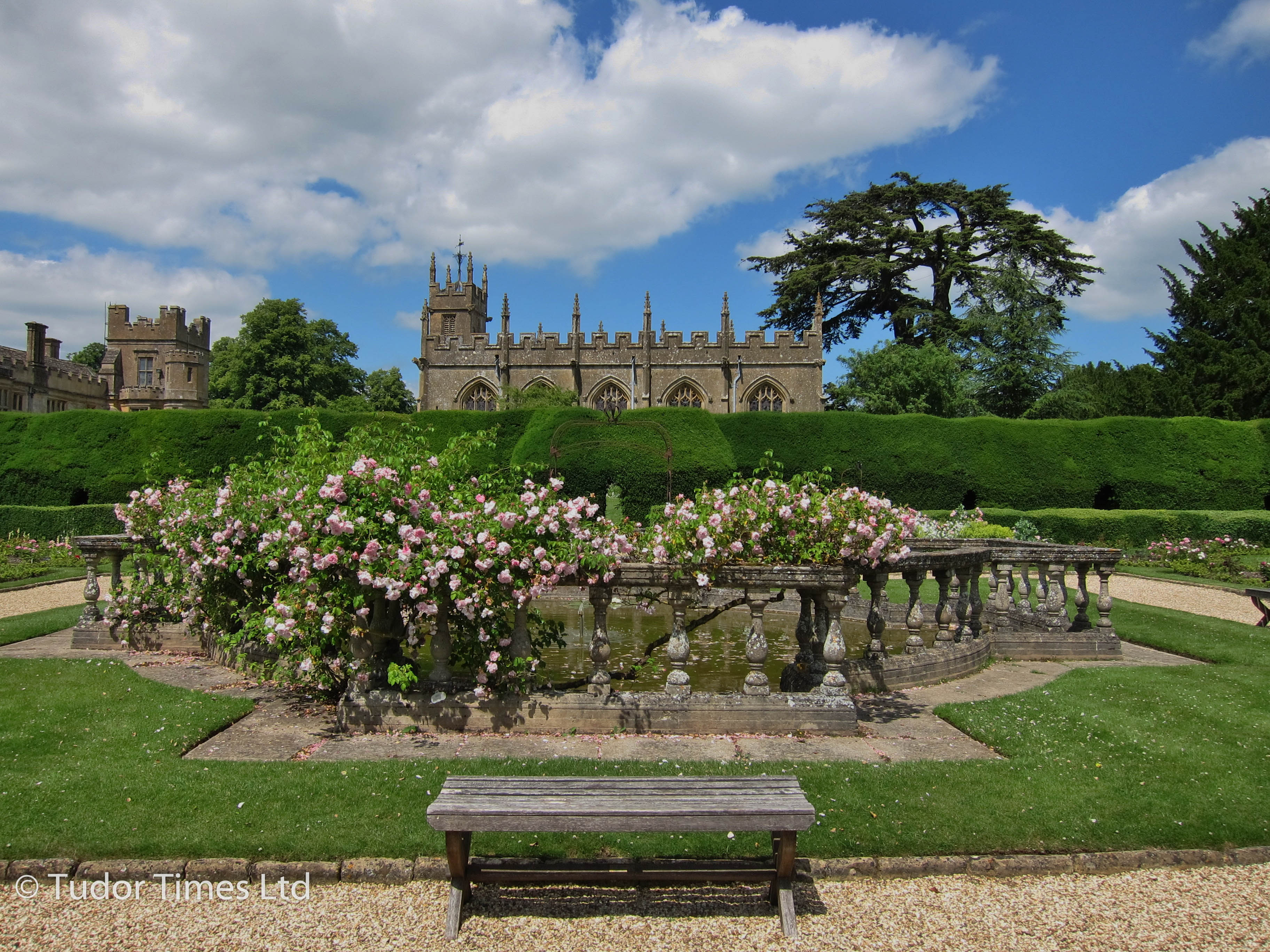
Sudeley’s extensive grounds encompass award-winning gardens, a Pheasantry and an adventure playground, complete with an obstacle course and a huge, wooden fort. Of particular interest for Tudor lovers is the Queens’ Garden, built on what was the Tudor parterre, to commemorate the four queens who have stayed at Sudeley. There is also the Knot Garden, (the design of which was inspired by one of Elizabeth I’s dresses), and the Tudor physic garden.
The romantic garden in the ruins of the medieval Tithe barn, and the roses and clematis growing over the remains of the banqueting hall create perfect photo opportunities. They are also worth a visit. There is so much to see and do that it is easy to spend a full day in this magical place!
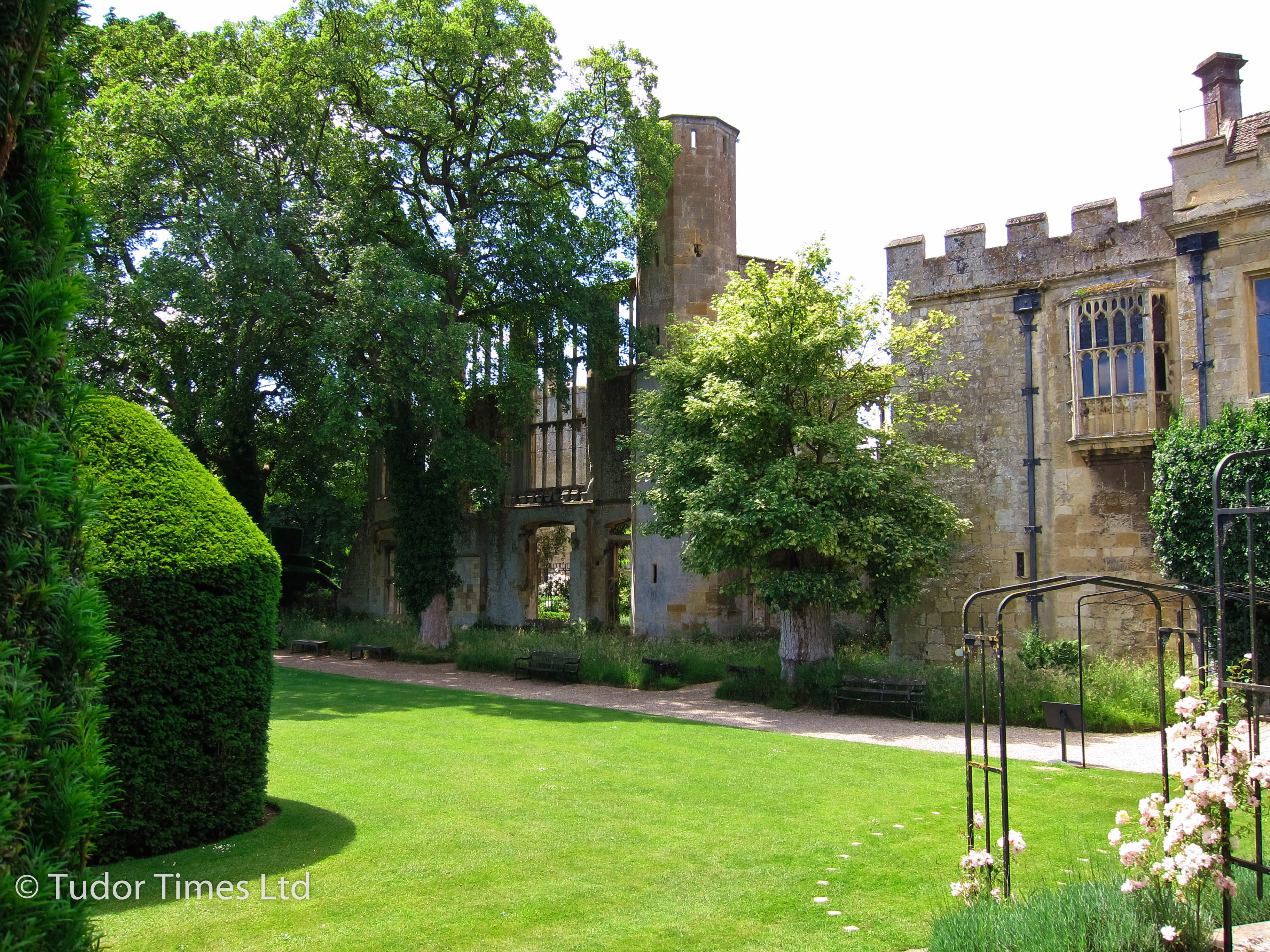
Visitor Tips:
Around the anniversary of Katherine’s death, Sudeley usually holds its annual Katherine Parr day. Tudor re-enactors will be bringing the past alive with Katherine and her ladies-in-waiting making an appearance.
A restaurant and a cafe on-site offer a variety of food options. It is also possible to take a picnic into the grounds. For more information on opening times and events, check out the Sudeley Castle website.
4. Fountains Abbey, North Yorkshire
Fountains Abbey was once one of the largest abbeys in England. Tragically, it was closed in 1539, when the monastery was dissolved on the orders of Henry VIII. Today, however, the ruins are the largest monastic ruins in the country. They evoke the past splendour of the abbey and the solitary life of the monks who once lived there.

Although there is a substantial visitor centre onsite, on a sunny summer day, Fountains Abbey is a great place to settle down and have a picnic while the children race around on the open grass in front of the towering abbey buildings. Alternatively, take a circular stroll from the abbey along well-laid footpaths to the tea room at Studley Roger (about a 15-20 minute walk, depending on pace), and return on the far side of the river. There is a stunning view of the abbey church as you round the final bend on the way back to your start point.
It is a beautiful spot, nestled in a verdant Yorkshire valley. In the height of summer, some of the tranquillity is lost on account of Fountains being one of the most popular National Trust locations in the country. However, at whatever time of day or year, the ruins make for a breath-taking sight, and if you get there early, you can snatch a bit of the monks’ idyll all for yourself.
Visitor Tips:
Dogs are allowed on a lead and disabled access is good. All visitor needs are catered for in the large, onsite visitor centre. For more information, please visit the National Trust web site.
5. The Charterhouse, London
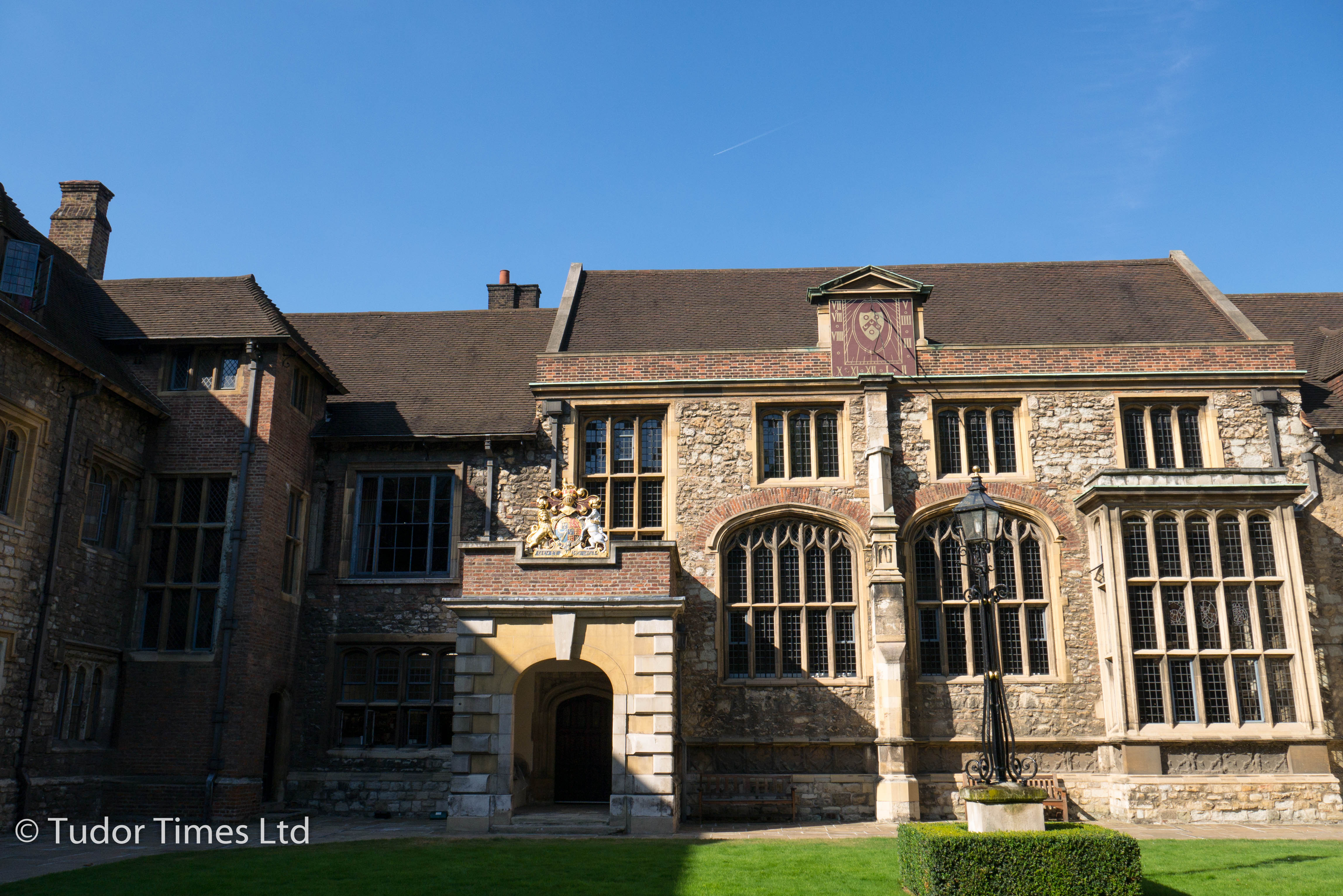
Tucked away in a quiet square, just off the bustling Smithfield Market, and opened to the public for the first time in its 650 year history in 2017, the Charterhouse really is a hidden gem. Established in the 14th century as a Carthusian monastery, over the centuries it has been a Tudor mansion, boys’ school and almshouse, which it remains today.
The Charterhouse’s Tudor connections are many and varied. After surrendering to Henry VIII during the Dissolution of the Monasteries, the priory was bought by Sir Edward North, who re-modelled it to create a sumptuous private residence. More wealthy Tudor nobles lived in mansions around Charterhouse Square, most notably Lady Latimer, later Henry VIII’s sixth wife, Queen Katherine Parr.
Sir Edward North hosted Elizabeth I at the Charterhouse in 1558, prior to her formal entrance as queen into the City of London. On North’s death, Thomas Howard, 4th Duke of Norfolk, bought the Charterhouse (later named Howard House), and in 1570 was placed under house arrest there on suspicion of plotting to marry Mary, Queen of Scots. Norfolk’s son, Thomas Howard, 1st Earl of Suffolk, hosted King James VI & I for several weeks in 1603 as the new king made his way to London to claim the English crown.
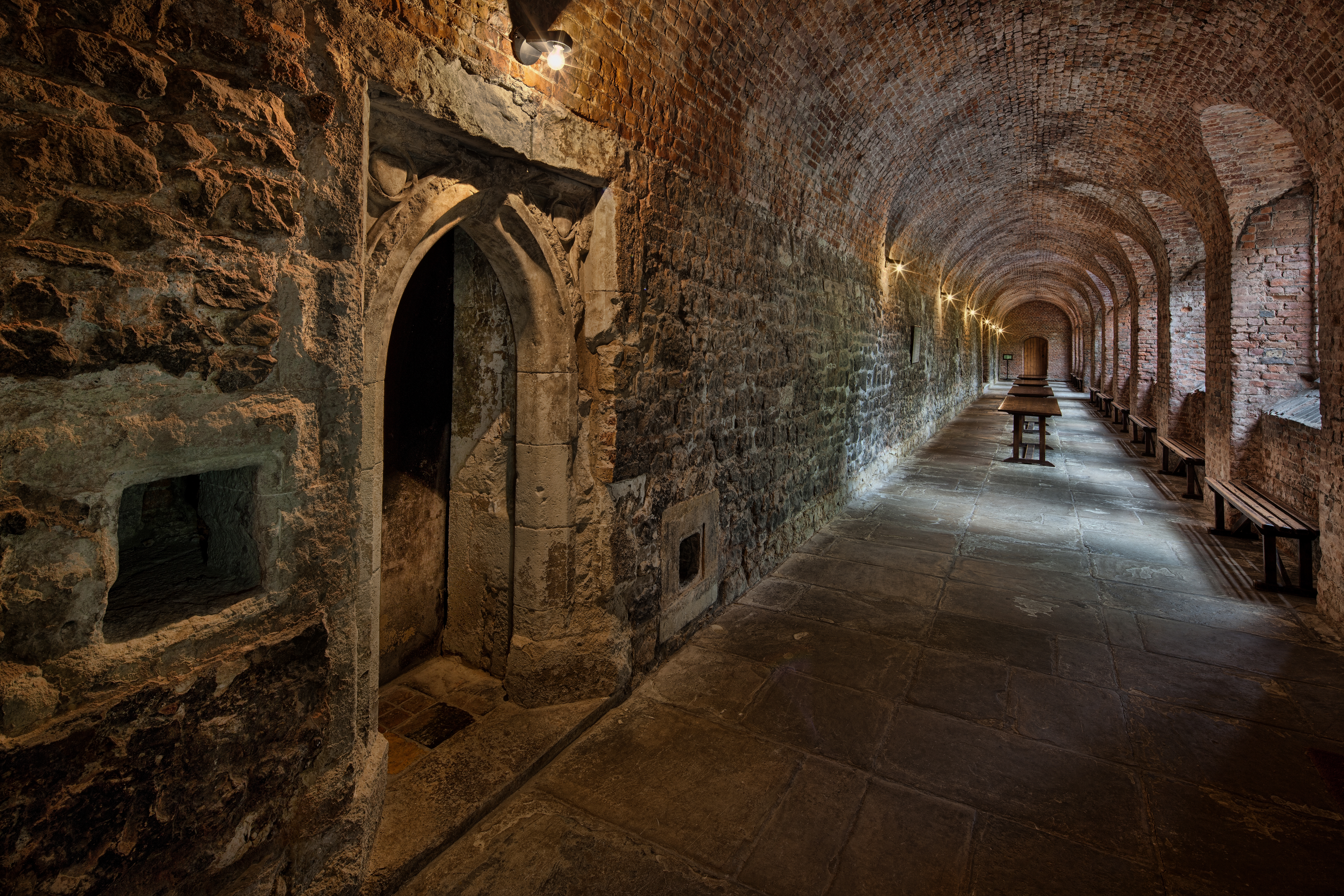
The eclectic mix of buildings and architectural styles on the 7-acre site reflect the Charterhouse’s long history. The great hall and its carved screen, the Norfolk Cloister, the Great Chamber (in which both Elizabeth I and James VI & I held court) and the chapel are all survivors from the 16th century.
The small museum and chapel are open to the public throughout the day, whilst the rest of the site can only be accessed by joining a tour. These are held daily.
The gift shop located in the entrance area is a delight, consisting predominantly of books with themes associated with the Charterhouse; London history, gardens, the Tudors, historical maps – many with titles I had not seen before.
Visitor Tips
A good cup of coffee and a selection of fresh food is available at 14 The Green, next door to The Charterhouse. A five-minute walk away in Smithfield Market and its surrounds, there is an extensive choice of restaurants, bars and cafes. Nearest tube stations: Farringdon and Barbican. For more information on how to book a tour follow this link to the Charterhouse website.
6. Westminster Abbey – The Queen’s Diamond Jubilee Galleries, London
Westminster Abbey needs little introduction. For many centuries Westminster, and its palace and abbey, was the epicentre of royal power in medieval England, with Henry III commissioning the building of the current abbey in 1245. Ever since, it has symbolised the confirmation of royal power through the sacred ceremony of coronation – and countless kings and queens have passed through its doors and been buried in its vaults.
The new Galleries are set more than 16 metres (52 feet) above the Abbey’s floor in the medieval triforium, an area that has never been open to the public before. Displaying 300 treasures from the Abbey’s collection, many for the first time, the Galleries reflect the Abbey’s thousand-year history.
The exhibition is accessed through a new tower, housing a staircase and lift. Named the Weston Tower, this is the first major addition to the Abbey church since 1745. The galleries themselves are architecturally beautiful; open, spacious with unique views down into the body of the abbey church. While the exhibits are fascinating in their own right, this view, along the nave and down onto the cosmati pavement in front of the high altar (where the ceremony of coronation takes place) probably steals the show.
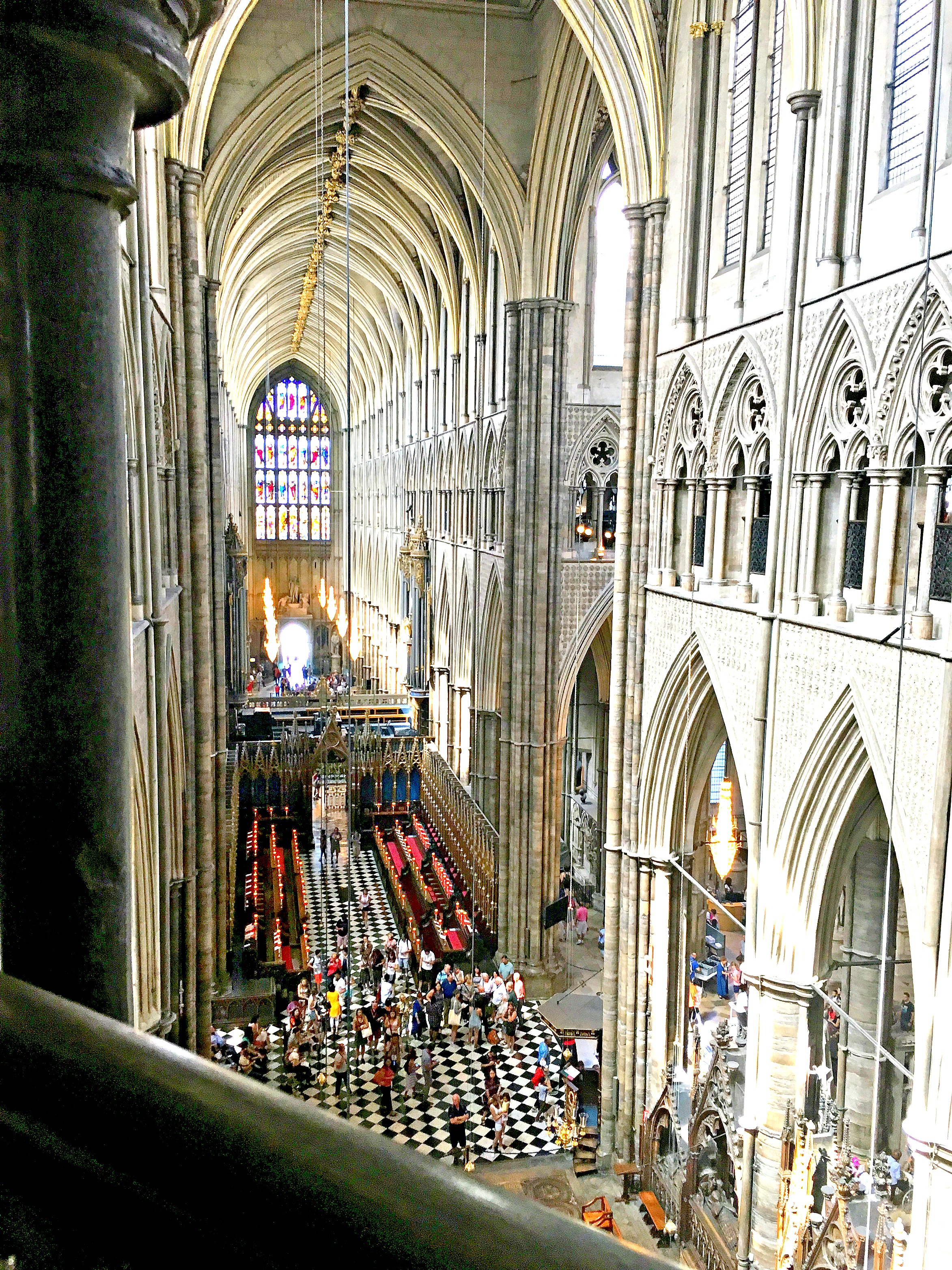
Peering over the handrail, you can look directly down upon the shrine of St Edward the Confessor, and see the effigies of some of the medieval kings buried about it, giving the visitor a perspective that is normally impossible when only touring the abbey at ground floor level. I was minded of the account of Anne Boleyn’s coronation in 1533, when Henry VIII watched from one of the galleries overhead. Was it from this very spot? The history of the place leaves you giddy.
Inside the gallery, expect to see funeral effigy heaven, with numerous wax and wooden effigies created across the centuries, including that of Mary I and the carved, wooden effigy heads of Henry VII and Elizabeth of York. I also loved some of the ancient books and documents on display, including the charter founding the abbey; the document confirming that the abbey primary allegiance to Rome and the Magna Carta.
Look out also for Margaret Beaufort’s Prayer book and a wonderful velvet bound book, emblazoned with golden portcullises and a Tudor rose. I could go on, but why not just treat yourself and arrange a visit, so you too can delight in being at the heart of English royal history.
Visitor tips:
I highly recommend that if you wish to visit the abbey (with or without visiting the Galleries), buy a ticket online in advance. You will save yourself a huge amount of time and waiting around as queues are long in the summer months. (NB: Buying a ticket in advance will allow you to skip the main queue!)
If you wish to visit the galleries, you will need to purchase a ticket to visit the abbey (currently £20) and an extra, timed ticket for the Galleries (currently £5). These can be done online here.
If you need a little more inspiration, or your really can’t make it right now, have a look at this lovely video.
7. Kentwell, Suffolk
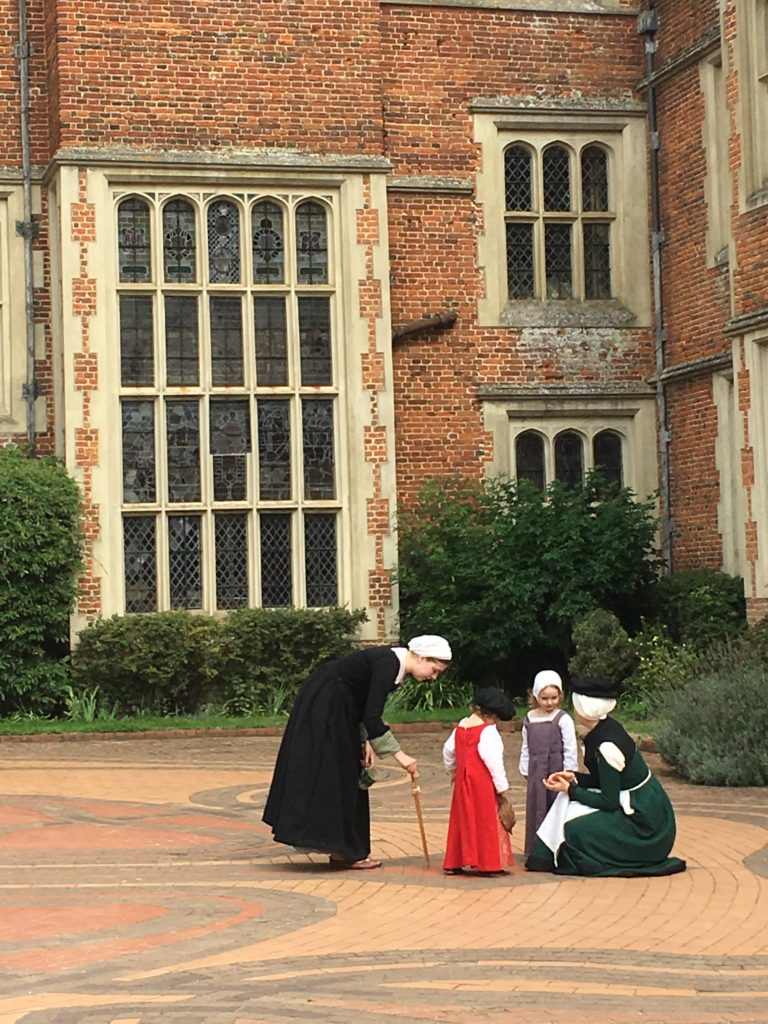
Kentwell is a picture-perfect moated medieval manor house built in the early 16th century by the Clopton family. John Clopton became a wealthy wool merchant As a result, he was able to build nearby Long Melford church, one of the most extravagant medieval “wool churches” in all of England and well worth a visit in its own right. Its medieval chantry chapel is quite unique!
Yet, in this instance, it is not the manor of Kentwell itself that we are interested in, but what goes on inside and around it. For over 40 years, Kentwell has developed a legendary reputation for bringing history to life with its costumed interpretation, and during August, the ‘Kentwellians’ (as they are known) are in continuous residence for around two weeks.
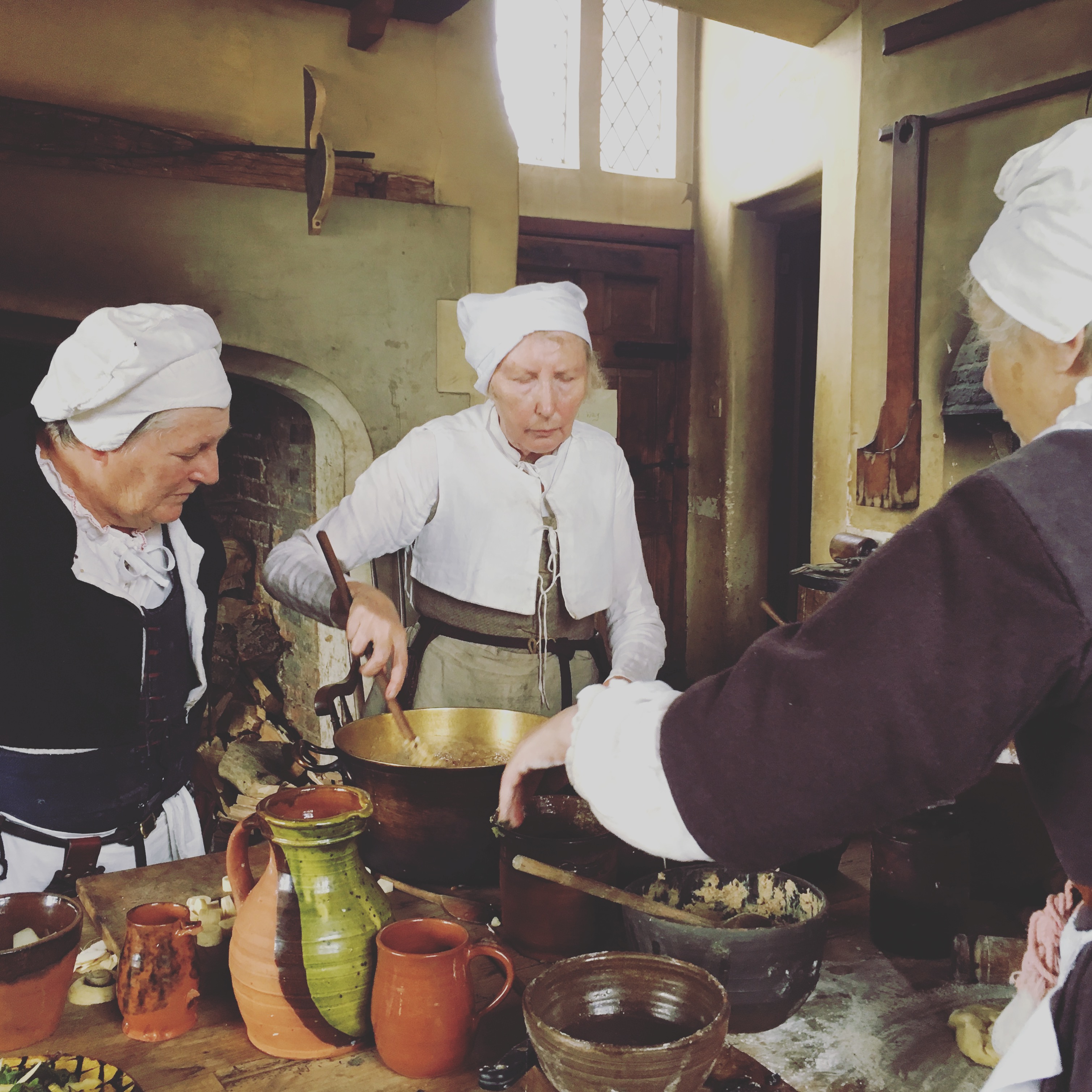
During that time, you will see an entire Tudor household in action, from the gentry occupying the house to the servants of the household and peasants plying their crafts. But don’t expect to chat to any of these characters about how they feel playing the role, for they steadfastly will remain in character at all times, with every attention being given over to detail. This is about as ‘real’ as you can get, and with between 200-400 re-enactors participating, it is the largest event of its kind in the country.
Visitor Tips:
The Tudor High Summer event runs around the middle to the end of August, with gates open between 11am-5pm. You can get cheaper tickets if you buy online, in advance.
Here are some top insider tips from Kentwellian, Bess Chilver: get there early and be prepared to stay all day (there is so much to see and do); do ask the re-enactors questions about what they are doing and why; between 1-2pm there are two ‘grand’ dinners with processions etc. One is in the house in the Great Hall – it gets VERY crowded. There is another in the Noble Household to the right of the House in a meadow – ask for the Windsor Household. If you ask nicely in the kitchen in either house you may be able to present a dish to the gentry yourself.
To do so, or to find out more information, visit Kentwell’s website.
Tudor-themed Days Out? You’ve got it covered!
So, we hope you have enjoyed our selection and are feeling inspired by our suggestions! Please do leave a comment and perhaps let us know which location is at the top of your wish list, or, perhaps you have another suggestion – your favourite Tudor place to visit over the summer? Either way, The Tudor Times and I would love to hear from you. Happy Holidays!

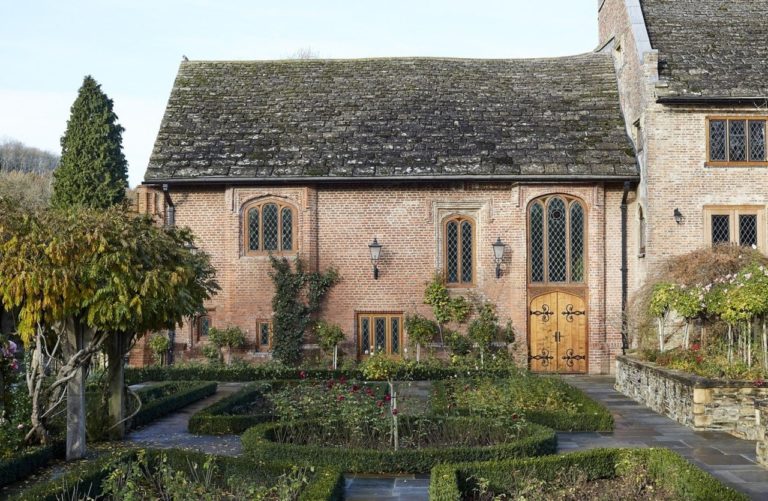


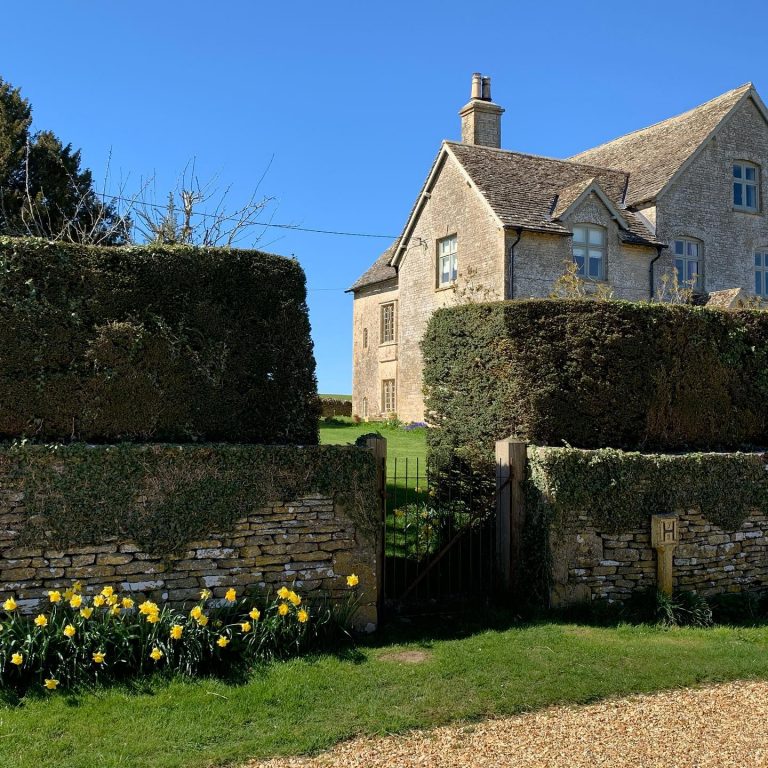
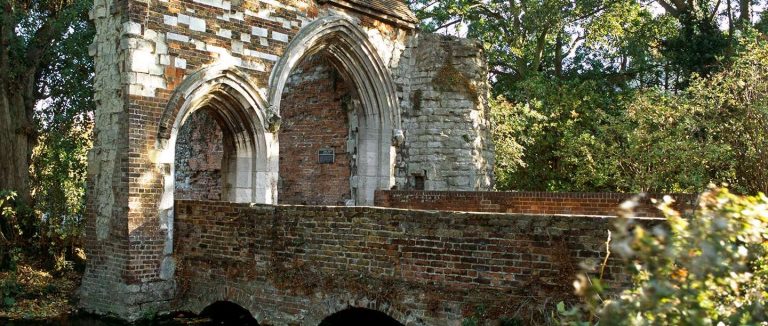
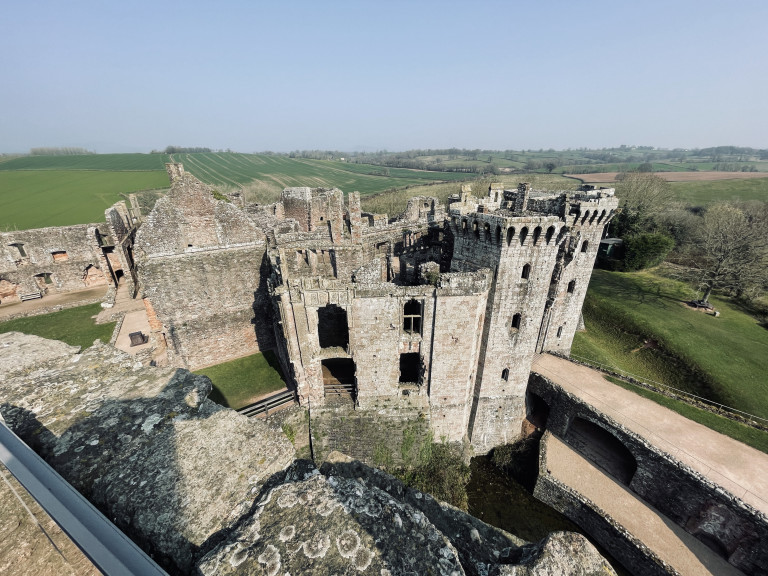
2 Comments